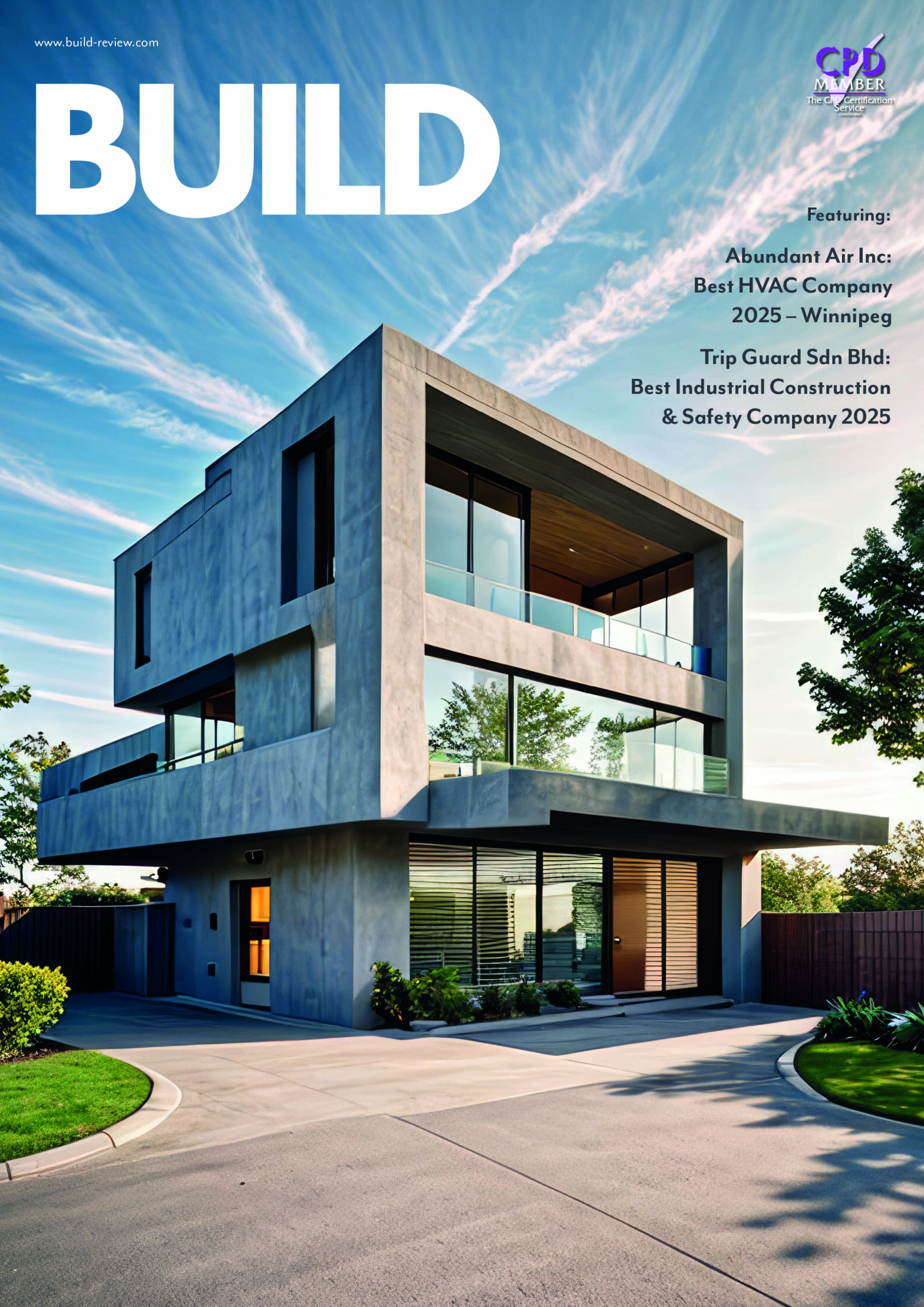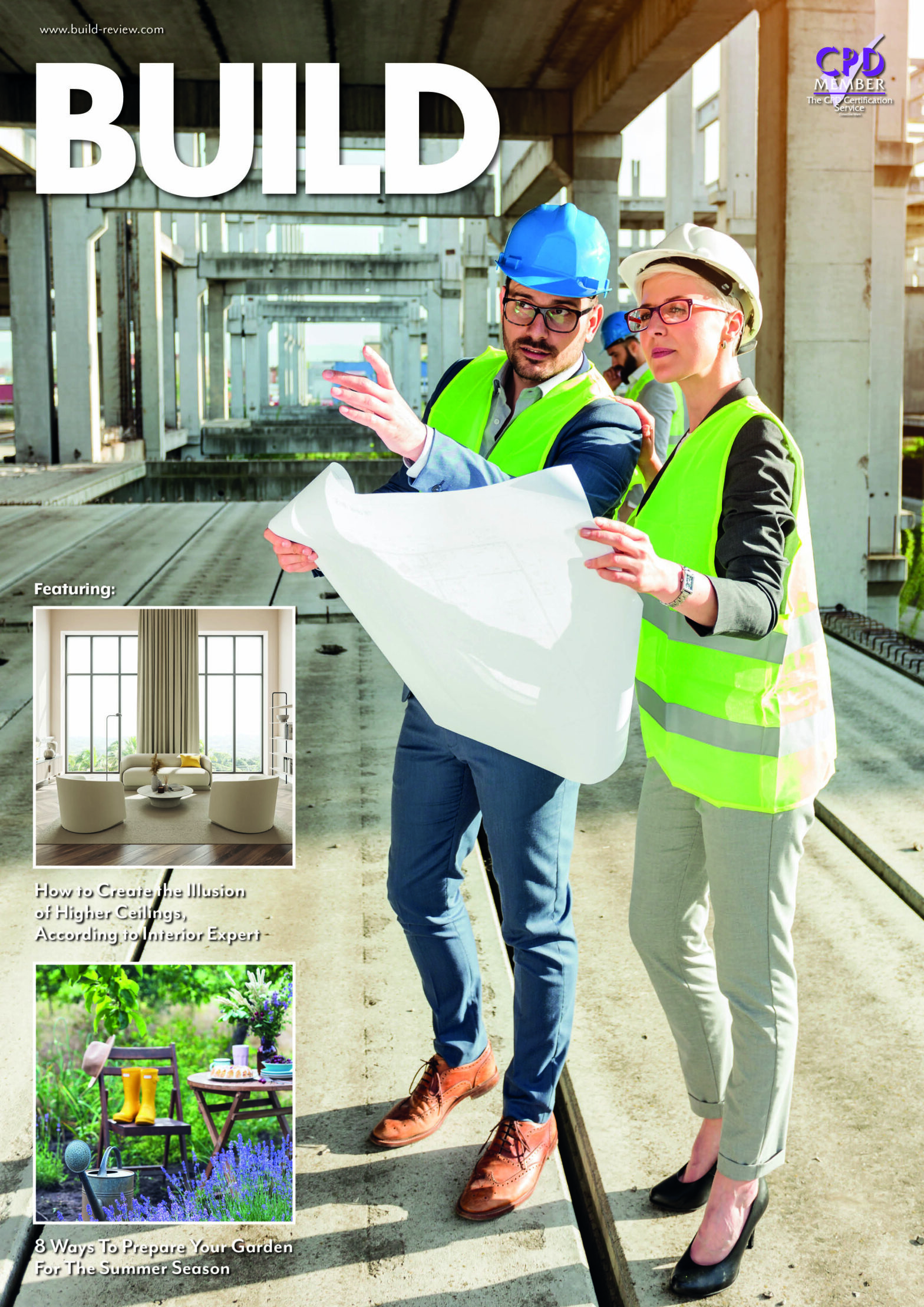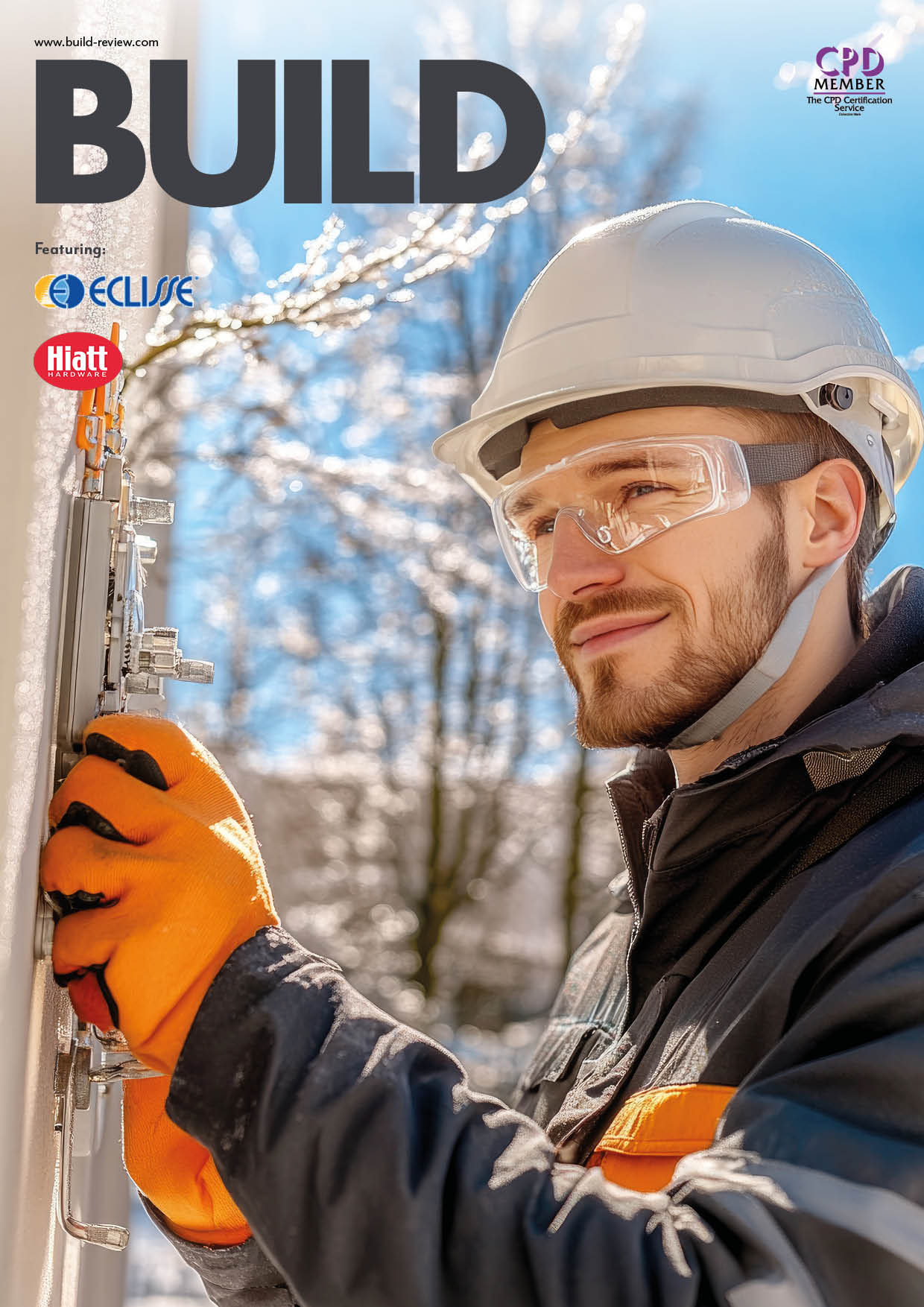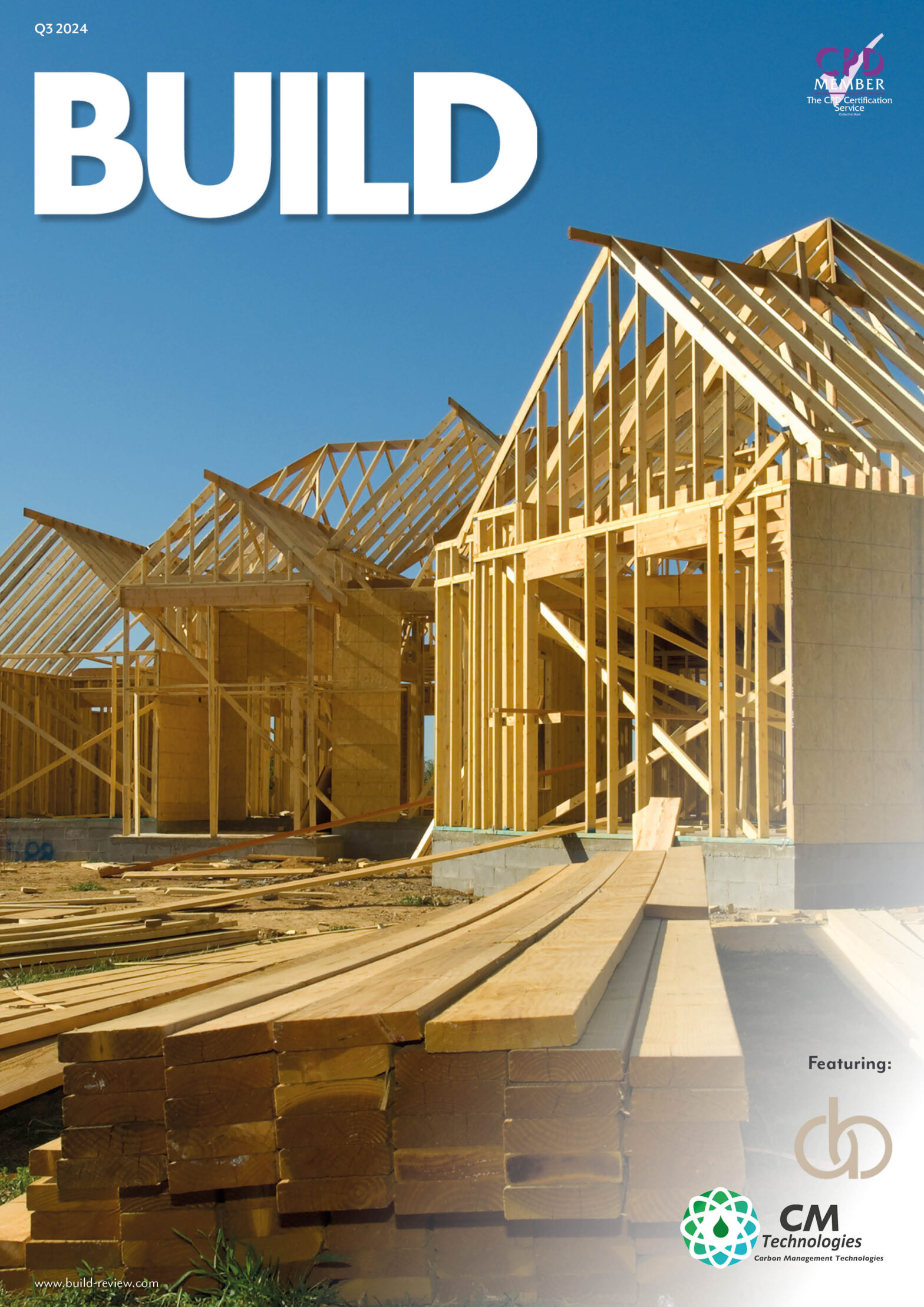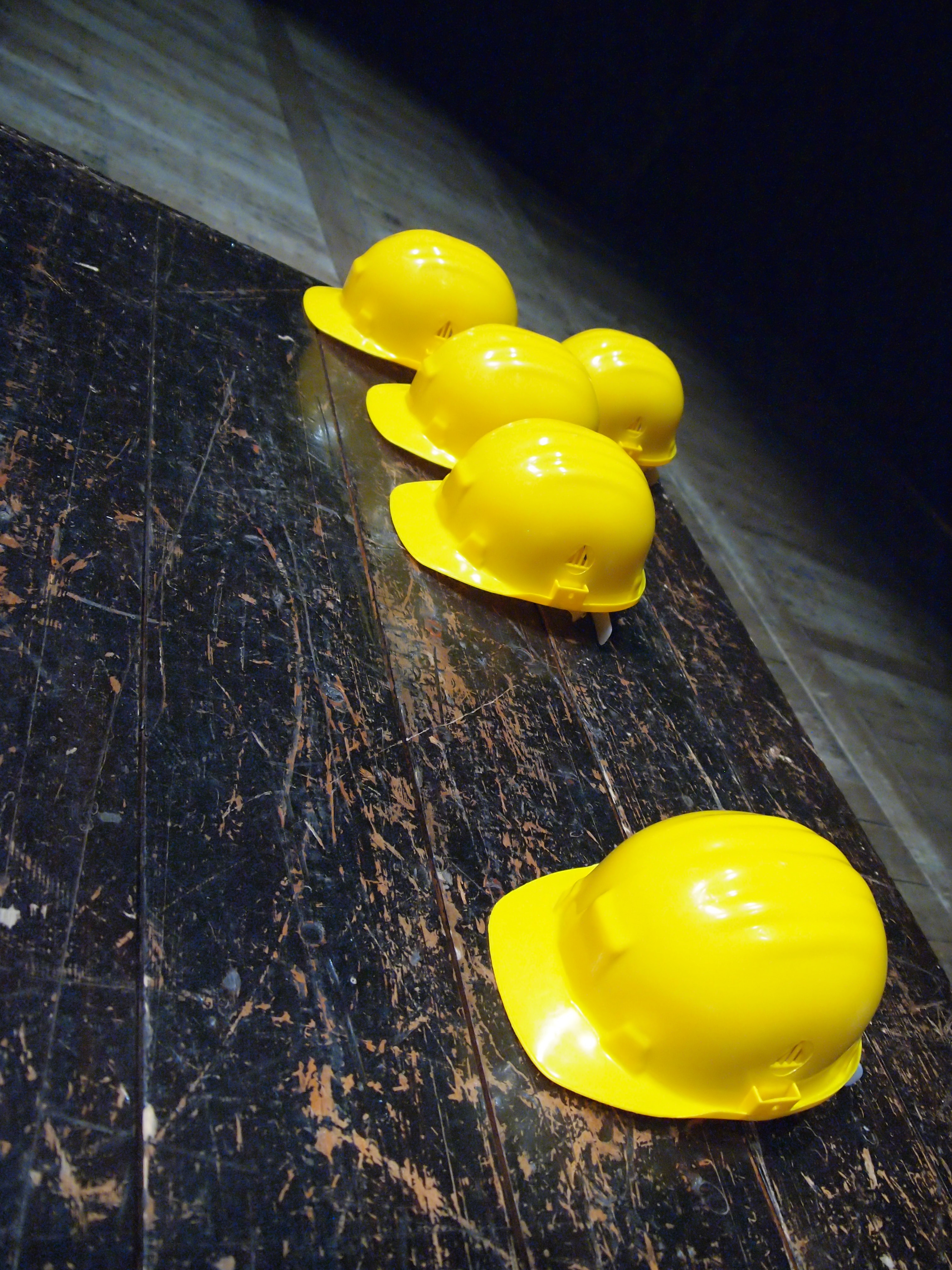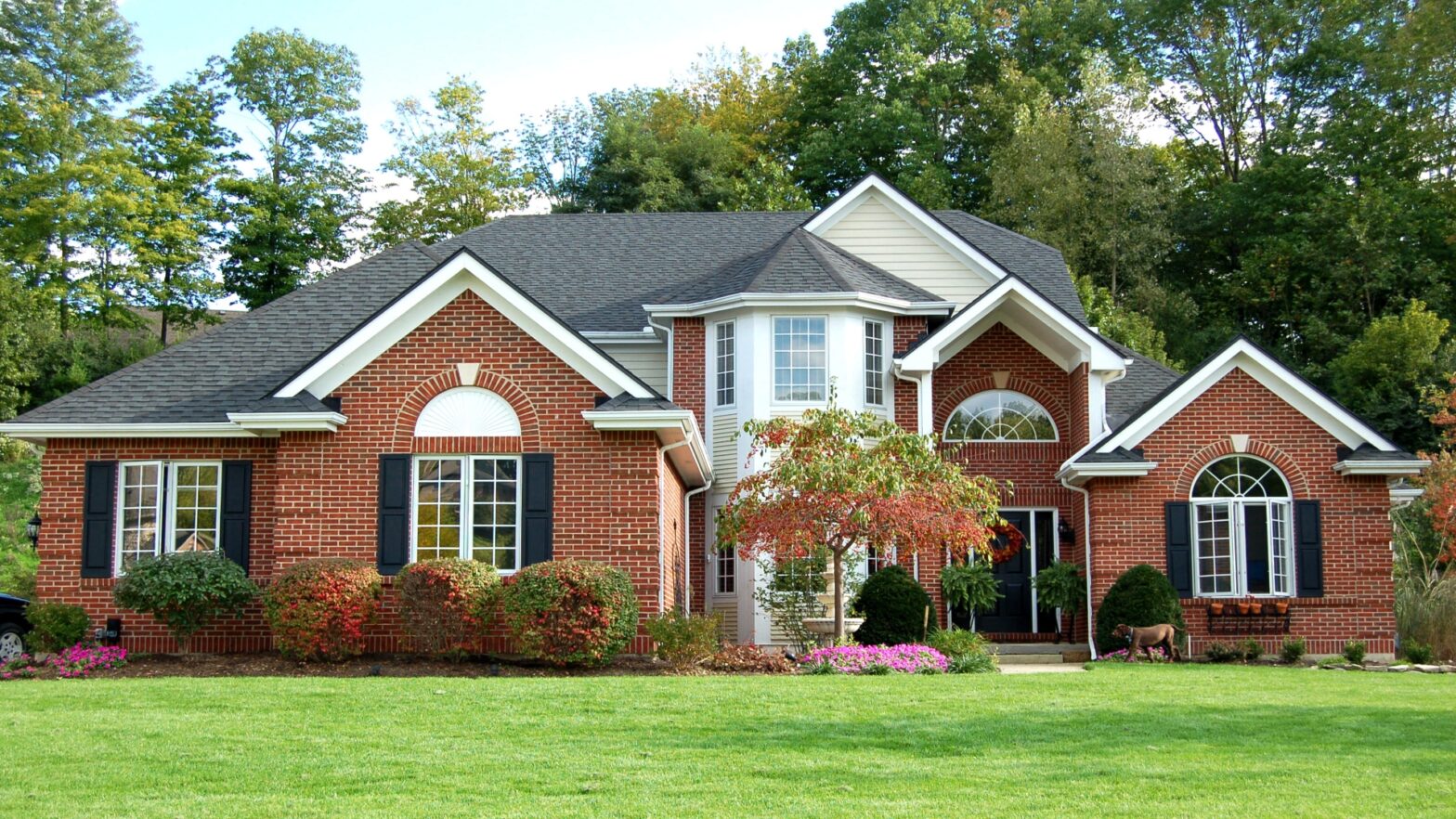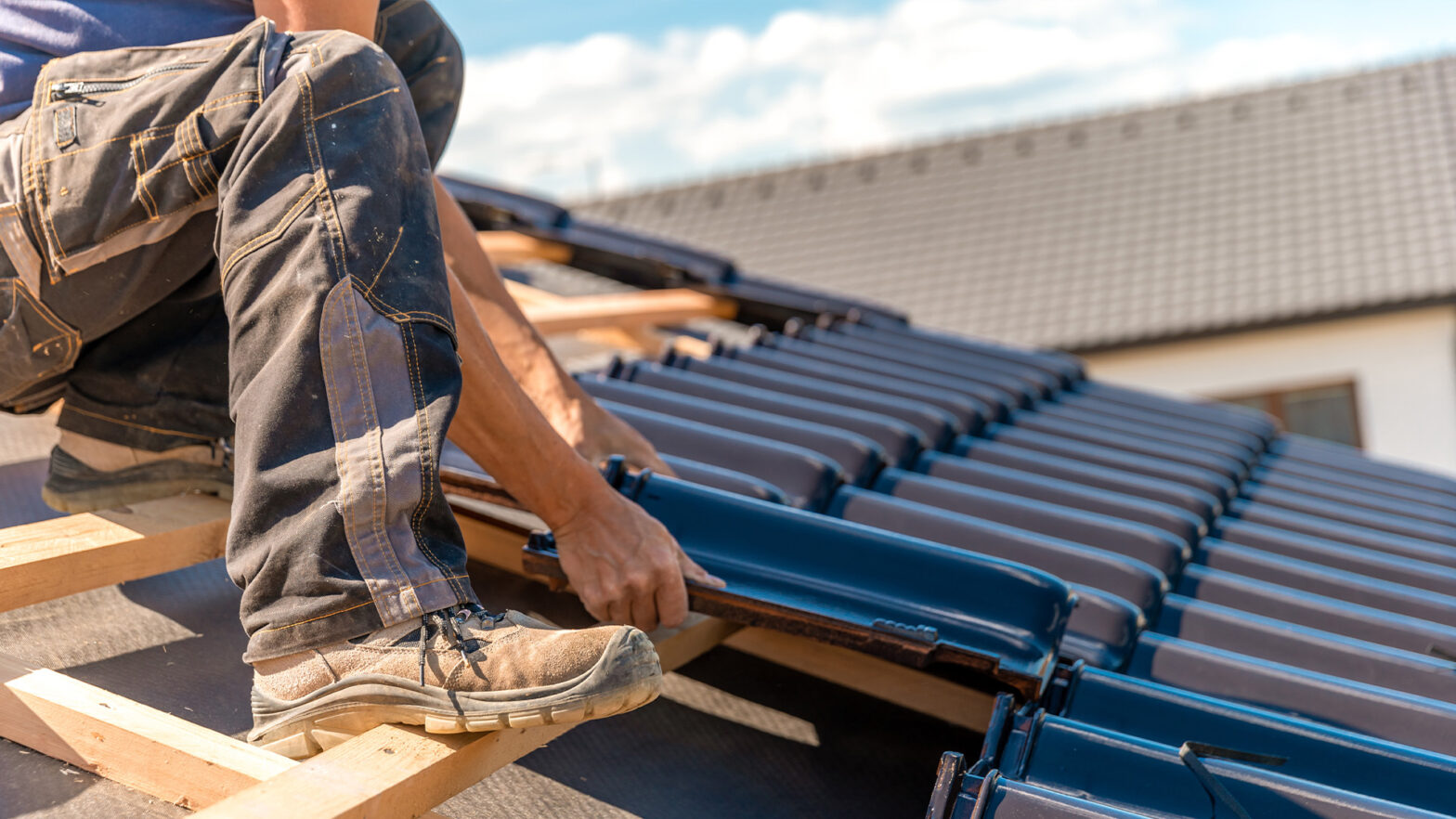In today’s age of sustainable building operations, attention often focuses on energy-efficiency, green materials, and smart systems—but one critical phase often goes overlooked: post-construction cleaning. Without the right strategy, newly completed buildings can harbor dust, chemicals, and debris that detract from both sustainability goals and occupant well-being. That’s why precisioncommercialcleaning.com’s page on the benefits of hiring a commercial cleaning company offers valuable insights into how the final step in construction can make all the difference. By integrating thorough cleaning into building handover processes, developers and facility managers can significantly boost both ecological performance and occupant satisfaction.
Enhancing Indoor Air Quality and Occupant Health
Even in a well-ventilated area, a new building always leaves behind lingering dust, volatile organic compounds (VOCs), and fine particulate residue. Such air pollutants may compromise the indoor air quality (IAQ), causing respiratory irritation, allergies, and long-term health problems in building occupants. By cleaning this up, this problem can be solved, and occupants can breathe safer air on the first day.
The professional cleaning crews use special cleaning devices, such as HEPA-filtered vacuum and microfiber system, to trap and eliminate these microscopic particles. Their skills in cleaning inaccessible places–vapor-tight crevices, HVAC vents, and behind baseboards–have a physical impact on IAQ. This kind of cleaning will reduce allergens, mould spores, and chemical residues in newly constructed buildings.
When cleaner air is introduced when the buildings are opened, the results are almost instant: a reduction in complaints of allergies or trouble breathing, improved comfort, and a marked increase in perceived air freshness. The benefits of healthier indoor environments in the long term include productivity, fewer sick days, and the strengthening of the reputation of the building as an occupant-friendly, considerate place.
Saving Building Materials and Interior Finishes
Such substances as micro-abrasions and dust may be left on the surfaces after post-construction activities such as sanding, painting, and heavy foot traffic. Such residues can, over time, wear off finishes, scratch delicate materials, and even reduce the life of architectural components. Cleaning on the spot and correctly can also aid in maintaining the aesthetic and structural integrity of a space before it becomes subject to the day-to-day wear and tear.
A professional cleaning service combines the art of deep cleaning with experience. As an example, they are aware of the cleaning agents and tools that are best suited for wood, stone, and delicate surfacing without damaging them. They can customise their style to maintain the gloss of hardwood floors, the transparency of glass, and the veneer on cabinetry and countertops.
Property owners safeguard their investment by investing in conscientious post-construction cleaning. The aesthetic value of the surfaces, be it marble lobbies or high-gloss elevators, becomes a selling point in itself, and this increases the worth of the building and lessens the pressure of early refurbishment or replacement.
In accordance with Sustainable Operations and Certifications
Sustainable buildings are normally not only judged on their design but on their standards of operation and performance in the long run. Certifications such as LEED, BREEAM, or WELL focus on indoor environmental quality, the health of occupants, and maintenance. These standards are complemented well by post-construction cleaning that is done using environmentally friendly products and procedures.
Environmentally preferable cleaning materials, such as biodegradable cleaners, low-VOC products, reusable microfiber cloths, and so on, can be utilised to bring cleaning procedures into line with sustainability structures as a whole. These practices, when used in the turnover phase, establish early standards for the building’s green credentials and set a tone of continued eco-friendly maintenance.
In addition, recording of post-construction cleaning activities within building commissioning or certification submission documentation provides hard evidence of standards compliance. Facility managers and owners demonstrate their commitment to green operations, as evidenced by their support for certification activities and stakeholder trust in the environmental claims of the building.
Facilitating Long-Term Performance and Operational Efficiency
Once the building is handed over with construction debris still in place, the initial maintenance may be reactive as opposed to strategic. The accumulation of dust in the mechanical systems, e.g., can worsen the work of HVAC or even raise energy consumption. A professional clean-up period is proactive, which paves the way for easier, more predictable operations.
Cleaning done by trained professionals is done in a detail-oriented manner that makes sure that systems are not littered with debris that may affect the functionality. When HVAC systems, thermostats, sensors, and vents are initially clean and calibrated, performance is optimised, and energy use will be kept in check. This base lessens the load on building systems and eliminates premature maintenance issues.
Conclusion
The post-construction cleaning is an essential but often overlooked part of sustainable building operation. This last step will determine how a building performs throughout its life, by eliminating contaminants that pose a risk to indoor air quality, protecting finishes, strengthening green practices, and enhancing long-term operational efficiency. By prioritising professional cleaning, facility managers and developers set the foundations of healthier and more sustainable environments from the first day. By connecting clever design with careful finishing, using master cleaners, the result is not only a beautiful-looking building, but also a value and well-being that will last for years.

